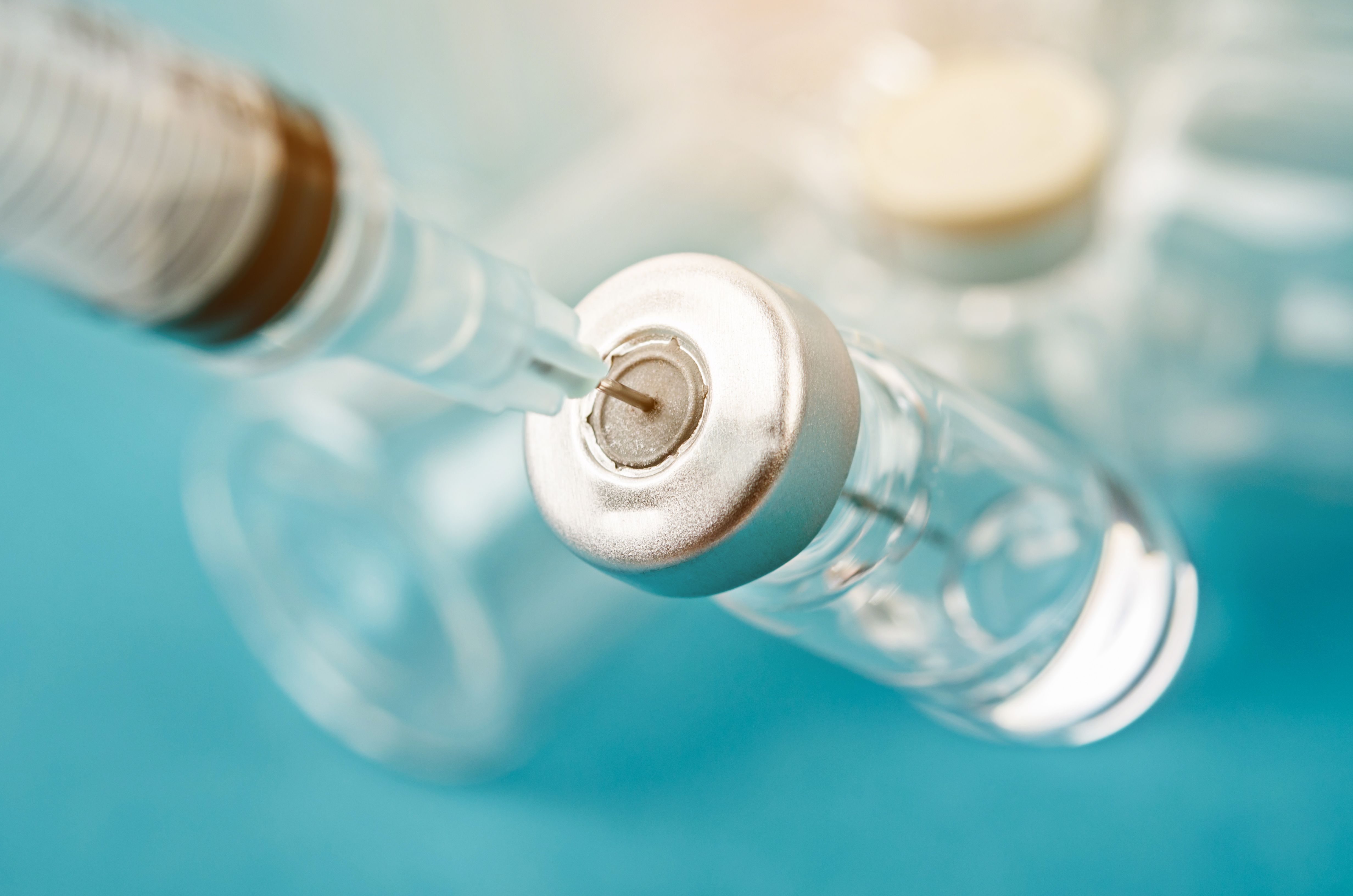News
Article
Paliperidone Palmitate as a Treatment for Schizophrenia
Author(s):
These 3 posters covered the efficacy and safety of paliperidone palmitate in patients with schizophrenia.
gamjai/AdobeStock

CONFERENCE REPORTER
Researchers evaluated the efficacy and safety of paliperidone palmitate (PP), an atypical antipsychotic, in 3 different studies, results of which were presented via poster session at 2023 Psych Congress. Two of the 3 found PP 6-month (PP6M) to be the most effective formulation, decreasing risk of relapse and proving safe and tolerable as a treatment.
In comparing the efficacy of 3 PP long-acting injectable formulations for relapse prevention in schizophrenia, one poster showed that PP6M proved superior in delaying and preventing relapse in comparison with PP 3-month (PP3M) and PP 1-month (PP1M). External comparator arms for PP3M and PP1M used real-world data from the IBM MarketScan Multistate Medicaid US Database, whereas PP6M was evaluated in a single-arm, open label extension study. Each of the 3 cohorts had 178 patients, primarily men (>70%), with schizophrenia. Time to relapse was significantly delayed in the PP6M cohort (3.9%) compared with PP3M (20.2%) and PP1M (29.8%); risk of relapse was significantly decreased by 82% for PP6M compared with PP3M, 89% for PP6M compared with PP1M, and 35% for PP3M compared with PP1M.1
Another poster supported the long-term efficacy and safety of PP6M in adults with schizophrenia for up to 3 years. In an analysis of PP6M in 121 adults with schizophrenia who did not relapse after a 1-year double-blind study and continued treatment with PP6M in a 2-year open-label, long-term extension study, the rate of relapse was 4.1%. Reasons for relapse included psychiatric hospitalization (n=2), suicidal or homicidal ideation (n=2), and deliberate self-injury (n=1). Efficacy was assessed via relapse and change from baseline in Positive and Negative Syndrome Scale (PANSS) total and subscale scores, Clinical Global Impression-Severity (CGI-S), and Personal Social Performance (PSP) scales. PP6M was deemed safe and tolerable, with 80.2% of the participants reporting ≥1 TEAE.2
However, the third poster covered a post hoc analysis of a noninferiority study, which found that PP6M was noninferior to PP3M in preventing relapse in clinically stable adult patients with schizophrenia. Furthermore, adult patients with schizophrenia who transitioned to PP6M from PP1M or PP3M had similar relapse rates (7.8% versus 7.3%, respectively; P = 0.954). Of the 478 patients, 231 transitioned from PP1M and 247 transitioned from PP3M.3
Learn more about schizophrenia and more at the 2023 Annual Psychiatric Times World CME Conference on October 19-21, 2023. Register here.
References
1. Turkoz I, Daskiran M, Siddiqui U, et al. Relapse rates with paliperidone palmitate in adult patients with schizophrenia: results for the 6-month formulation from an open-label extension study compared to real-world data for the 1-month and 3-month formulations. Poster presented at the 2023 Psych Congress; September 6-10, 2023. Nashville, TN.
2. Correll C,U Johnston KL, Turkoz I, et al. Efficacy and safety of paliperidone palmitate 6-month formulation: a 3-year analysis in adults with schizophrenia. Poster presented at the 2023 Psych Congress; September 6-10, 2023. Nashville, TN.
3. Correll CU, Johnston KL, Turkoz I, et al. Efficacy and safety outcomes when transitioning to paliperidone palmitate 6-month from paliperidone palmitate 1-month versus paliperidone palmitate 3-month. Poster presented at the 2023 Psych Congress; September 6-10, 2023. Nashville, TN.





